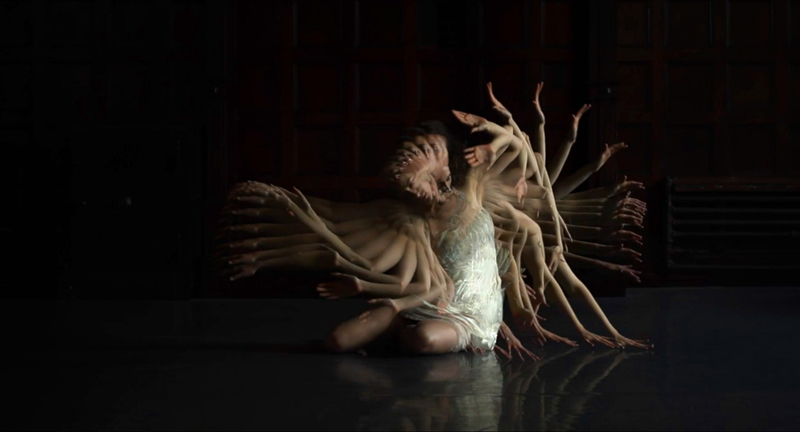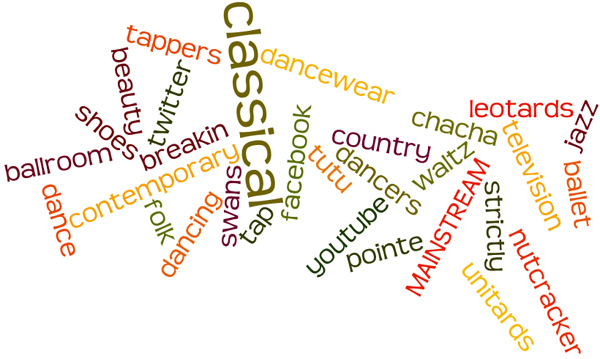 With dance continuing to raise its profile within Westminster, it was a delight to see a huge ten dance names recognised for their outstanding work in dance across a wide variety of contexts in Britain in the Queen’s Birthday Honours list.
With dance continuing to raise its profile within Westminster, it was a delight to see a huge ten dance names recognised for their outstanding work in dance across a wide variety of contexts in Britain in the Queen’s Birthday Honours list.
Announced on 15 June 2013, some of those awarded an honour in the recognition of dance included the below:
Esteemed dance writer Jeanette Siddall was awarded a CBE for services to dance, recognising her outstanding contribution to the industry beyond her job. Also awarded a CBE was Gailene Stock, Director of the Royal Ballet School, for services to dance.
OBEs were awarded to Lloyd Newson, Founder and Director of physical theatre company DV8, for services to contemporary dance, and also to Cindy Sughrue, Chief Executive of Scottish Ballet for services to dance. Richard Glasstone, choreographer, teacher and author was awarded an MBE for services to classical ballet.
Howard Panter, the co-founder of the Ambassador Theatre Group and Chair of Rambert Dance Company was made a knight in the Honours list for his services to theatre. Panter has been a driving force in the fundraising and building of Rambert Dance Company’s new building on the Southbank which is due to open later this year in September as a very exciting new prospect for dance.
In particular, Dance UK has been working to respond to industry concerns about the numbers of dance professionals compared to sport, theatre and music recognised in the Queen’s and New Year’s Honours lists. As a result, Dance UK has established a voluntary Honours Advisory Committee for the industry, including dance professionals from a cross-section of dance genres. The group meets twice a year and is committed to nominating and championing dance professionals who deserve to be honoured for their services to dance.

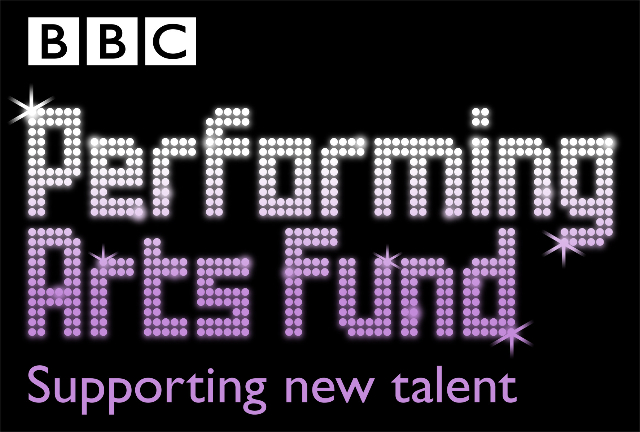
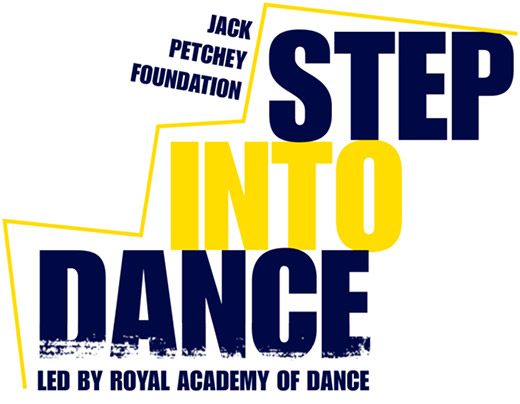 Step into Dance, a partnership between the Jack Petchey Foundation and the Royal Academy of Dance, will be hosting Step LIVE! 2013 on Sunday 14 July, marking the return of the unmissable annual flagship event of Step’s school community dance programme.
Step into Dance, a partnership between the Jack Petchey Foundation and the Royal Academy of Dance, will be hosting Step LIVE! 2013 on Sunday 14 July, marking the return of the unmissable annual flagship event of Step’s school community dance programme.
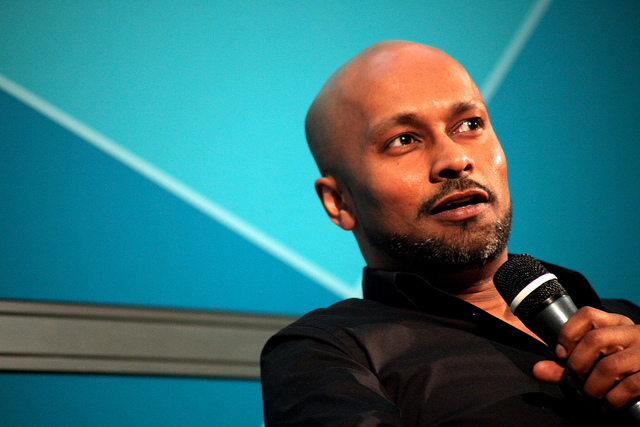
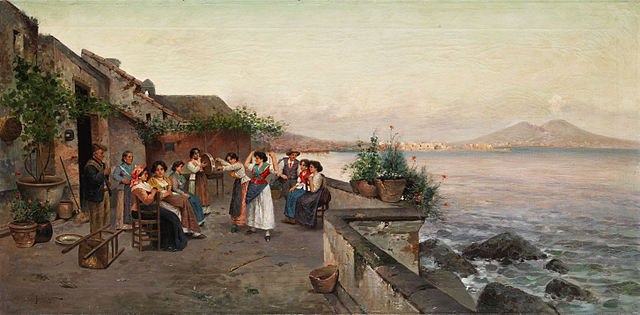 Many balletomanes may believe they know of the Tarantella through iconic American choreographer George Balanchine. However the dance, as a wild folk dance of Italy, was once believed to be a cure for tarantula bites, characterised by a fast, upbeat tempo and accompanied by tambourines.
Many balletomanes may believe they know of the Tarantella through iconic American choreographer George Balanchine. However the dance, as a wild folk dance of Italy, was once believed to be a cure for tarantula bites, characterised by a fast, upbeat tempo and accompanied by tambourines.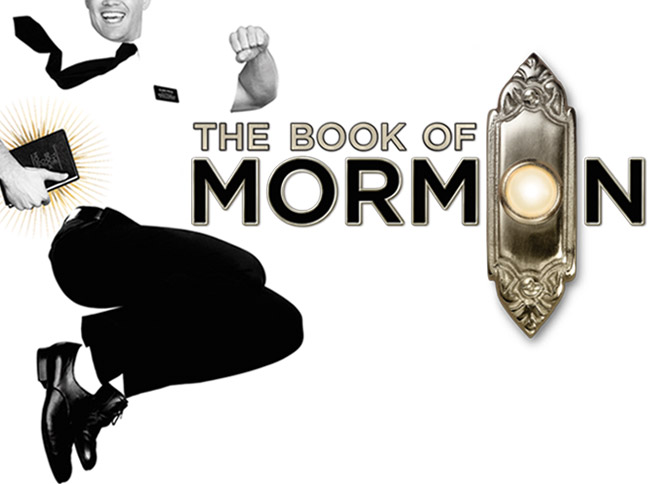
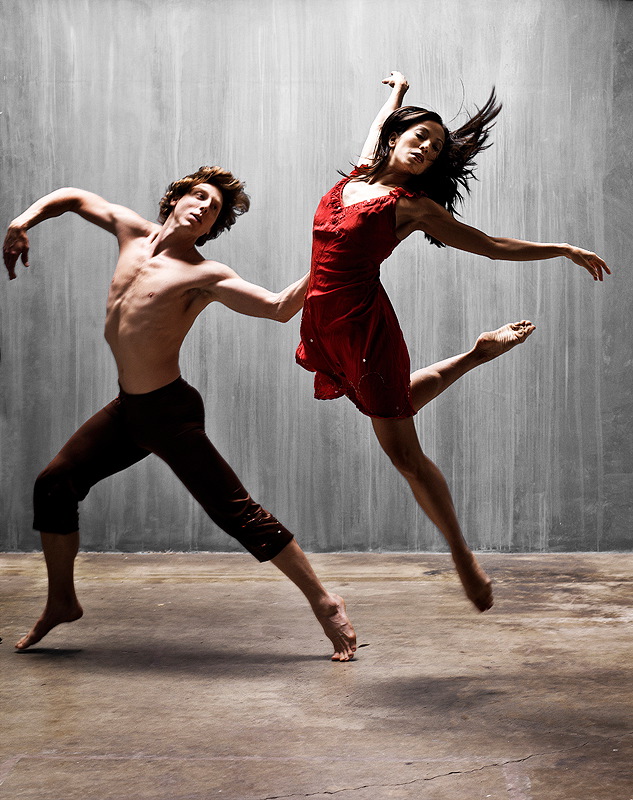 After three institutionalised years at performing arts college, the big bad world on the other side of the studio door can seem a little daunting. Many students will graduate from college alongside their peers, only to be greeted with the graduates from all the other acting, musical theatre and dance colleges all over the world, all battling for the same jobs. This is even without considering graduates from years before the current year, in addition to the professional dancers already established within the industry. When auditions are looming, it could seem that a fresh-faced graduate is ultimately a minuscule fish in a huge high-kicking sea.
After three institutionalised years at performing arts college, the big bad world on the other side of the studio door can seem a little daunting. Many students will graduate from college alongside their peers, only to be greeted with the graduates from all the other acting, musical theatre and dance colleges all over the world, all battling for the same jobs. This is even without considering graduates from years before the current year, in addition to the professional dancers already established within the industry. When auditions are looming, it could seem that a fresh-faced graduate is ultimately a minuscule fish in a huge high-kicking sea. Artistic Director of English National Ballet Tamara Rojo has begun leading the Big Dance Pledge, an initiative to be performed by thousands of people all over the world on the weekend of 17-19 May. She was joined by her dancers from ENB and young dancers from Chingford Foundation School, London, to raise awareness of this fantastic project which they hope will go global.
Artistic Director of English National Ballet Tamara Rojo has begun leading the Big Dance Pledge, an initiative to be performed by thousands of people all over the world on the weekend of 17-19 May. She was joined by her dancers from ENB and young dancers from Chingford Foundation School, London, to raise awareness of this fantastic project which they hope will go global.